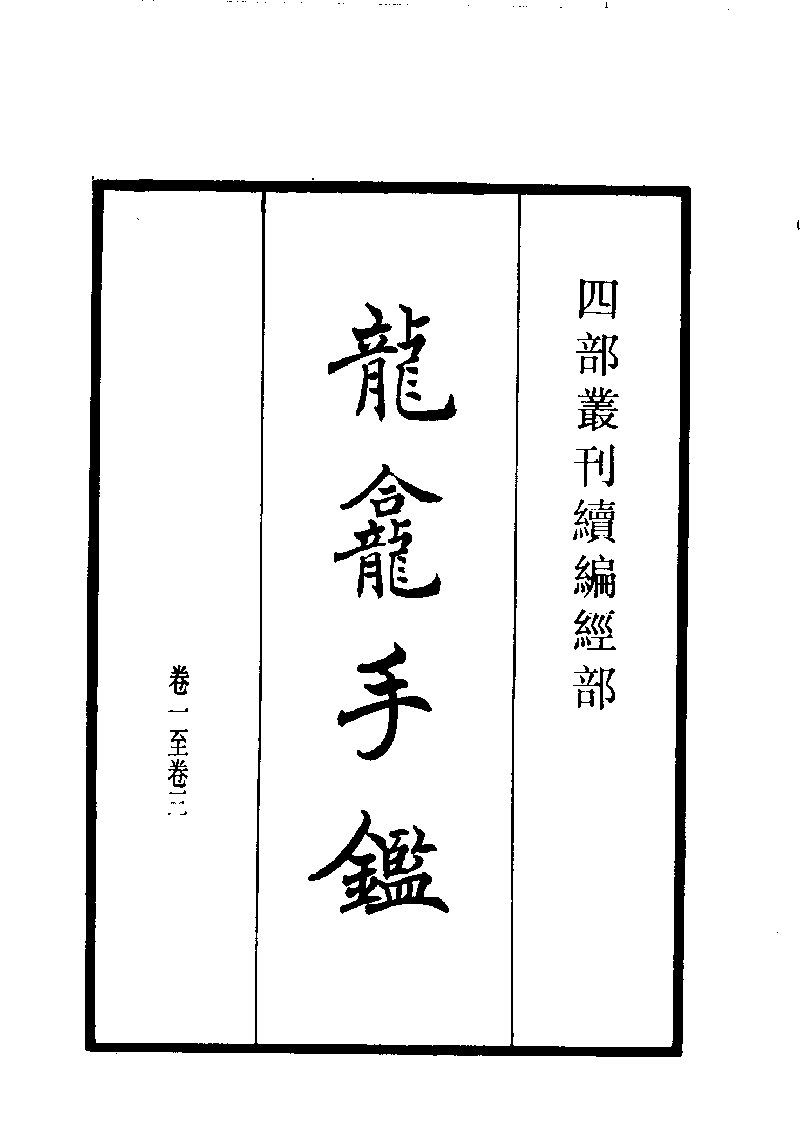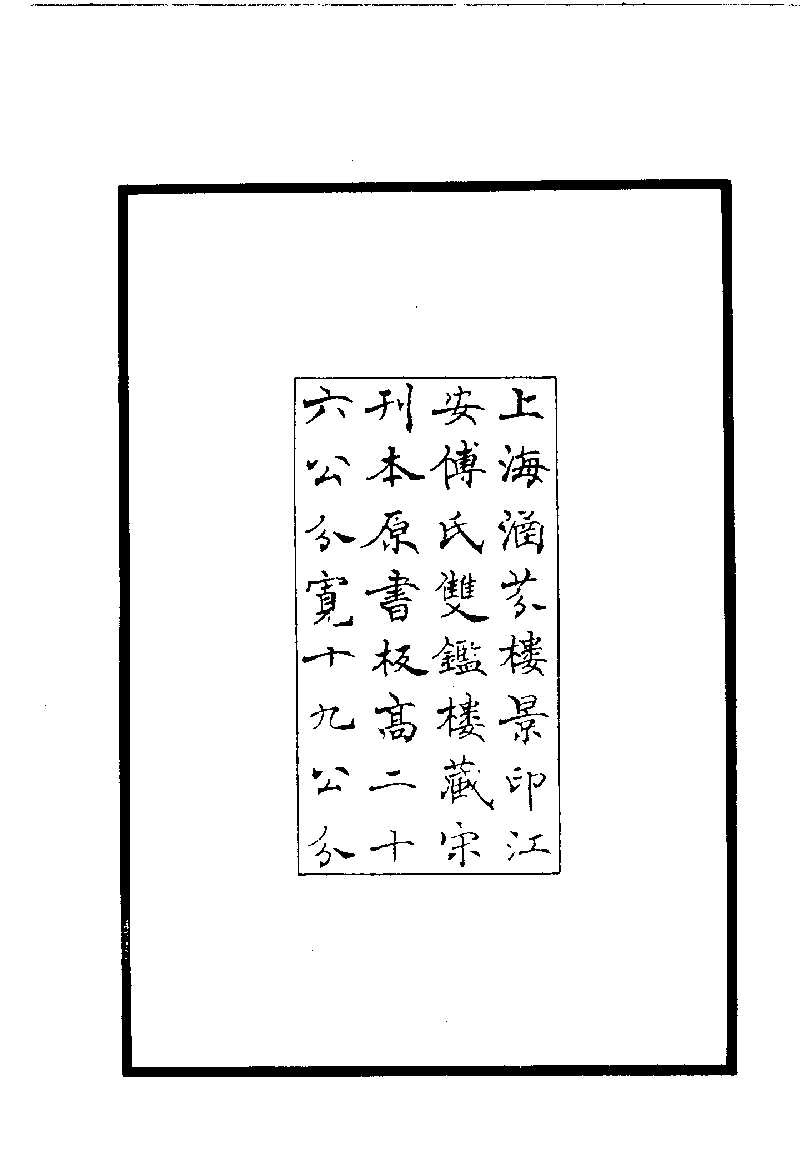| Chinese Text Project Wiki |
《龍龕手鑑》[View] [Edit] [History]
 This textual edition has been created automatically using Optical Character Recognition (OCR) from the corresponding scanned source text. OCR inevitably introduces errors of transcription - please refer to the OCR editing instructions for details of how you can help correct these. Please use the
This textual edition has been created automatically using Optical Character Recognition (OCR) from the corresponding scanned source text. OCR inevitably introduces errors of transcription - please refer to the OCR editing instructions for details of how you can help correct these. Please use the  links to consult the scanned source of this text and confirm the accuracy of the transcription.
links to consult the scanned source of this text and confirm the accuracy of the transcription.- Please note that a digital version of this text based upon another edition is also available and likely contains fewer errors.
| Author | 釋行均 |
|---|---|
| Dynasty | Liao |
| Base text |   《四部叢刊續編》本 |
| Data item | ctext:990232 |
| Search: |
 Longkan Shoujian (龍龕手鑒, literally The Handy Mirror in the Dragon Shrine) is a Chinese dictionary compiled during the Liao Dynasty by the Khitan monk Xingjun. Completed in 997, the work had originally been entitled Longkan Shoujing (; and are synonyms), but had its title changed owing to naming taboo when it was later printed by the Song publishers. (Emperor Taizu's grandfather had the name , a homophone of .) The earliest surviving edition of the work is an incomplete Korean one, reprinted in China in 1985.
Longkan Shoujian (龍龕手鑒, literally The Handy Mirror in the Dragon Shrine) is a Chinese dictionary compiled during the Liao Dynasty by the Khitan monk Xingjun. Completed in 997, the work had originally been entitled Longkan Shoujing (; and are synonyms), but had its title changed owing to naming taboo when it was later printed by the Song publishers. (Emperor Taizu's grandfather had the name , a homophone of .) The earliest surviving edition of the work is an incomplete Korean one, reprinted in China in 1985.Longkan Shoujian was one of the many Buddhist yinyishu (; 'dictionary of pronunciations and meanings') produced in ancient China, which were meant to aid the study of Buddhist scriptures. However, the work stands out in two aspects. Firstly, its method of collation is innovative. While Chinese dictionaries before Shoujian collate characters either graphically (by radical) or phonetically (by tone and rime), the work employs both methods: the radicals, which number 242 (including the "radical" za (; 'miscellaneous'), where characters that are difficult to analyze graphically are found), are grouped by tone into four groups (each group occupies one juan or fascicle); the characters under each radical are in turn grouped by tone. Secondly, it collects more than 26,000 characters with a huge proportion of variant characters. Many of these variants are not recorded in any other works.
The characters in it are divided, in terms of orthography, into "standard" (; zheng), "vulgar" (; su), "contemporary" (; jin), "archaic" (; gu) and "alternative" (; huozuo), a classification more elaborated than that used in Ganlu Zishu. The pronunciations of characters in it are indicated by either homophone or fanqie spelling. For some characters, only the pronunciations are given, not the meanings.
While being criticized for its unorthodox collation and collection by the Qing philologists, it is hailed by Pan (1980) as an essential guide for deciphering the Dunhuang manuscripts, which contains a large amount of "vulgar" characters.
| Enjoy this site? Please help. | Site design and content copyright 2006-2024. When quoting or citing information from this site, please link to the corresponding page or to https://ctext.org. Please note that the use of automatic download software on this site is strictly prohibited, and that users of such software are automatically banned without warning to save bandwidth. 沪ICP备09015720号-3 | Comments? Suggestions? Please raise them here. |